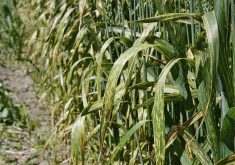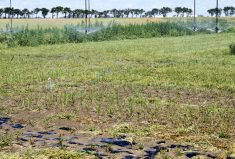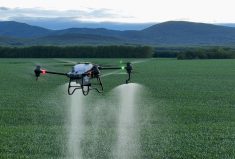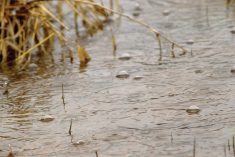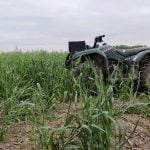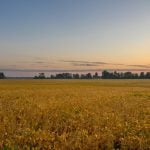Large chunks of Alberta have seen some wet years recently, but water tends to be the most limiting factor for crop growth.
And there’s only two remedies when it’s dry: Increase water supply and improve water-use efficiency, says an agrometeorologist with Agriculture and Agri-Food Canada.
Leaving tall stubble in the field does both those things, Herb Cutforth said at the recent Farming Smarter Conference.
“In the Prairies, the soil water could be increased by the snow trap anywhere between five and 30 millimetres,” said Cutforth. “There’s an inch of water you’ve contributed to the soil water before seeding.”
Read Also
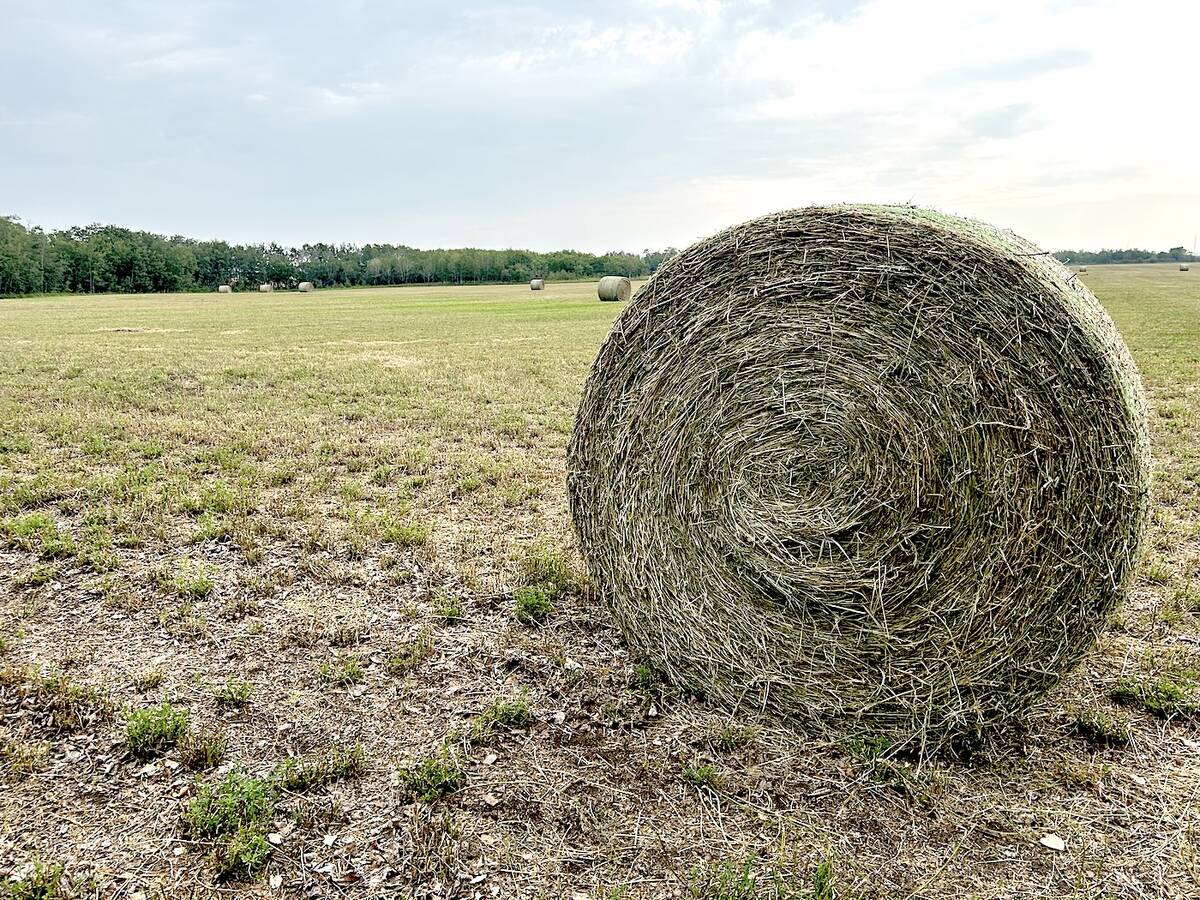
Alberta has adequate feed supplies going into winter
Hay yields across Alberta were varied, but one expert says feed supplies are in strong supply for Alberta producers for the upcoming winter.
Standing stubble more than 30 centimetres tall can increase water accumulation tenfold by trapping snow and reducing evaporation from the soil, he said.
“The taller the stubble, the more efficiently the water is used, and the greater the yield,” said Cutforth. “As the snow accumulates and the winds keep blowing, that taller stubble will continue to fill. We’ve had large fields fill right to capacity. As the stubble increases in height, the water loss is decreased, which means you’ve got more water left for the crop.”
And that can have a big payoff — yield increases of up to 17 per cent, he said.
Even just leaving strips of tall stubble can have a similar effect in dry years.
“Snow accumulates near the strips,” he said. “There’s snow being trapped, and soil water reserves are increased for seeding.”
Snow catch strips also improve water-use efficiency, he said.
“Water is being added by the increased snow trap, and the evaporation is decreased on either side of the strips, so water is used more efficiently by the crop in between the strips.”
That’s what Curtis Hoffmann does on his farm near Esther, 60 kilometres northeast of Oyen.
“We use our snow catch strips in our hay land,” said Hoffmann, who farms 1,700 acres of grain and 450 acres of hay.
“A lot of years, we don’t get two cuts of hay out here, but when we do, we always want to try to leave a snow catch strip so we can get drifting.”
In his “historically dry” region, snow catch strips encourage drifting on the fields, gathering extra moisture for spring while preventing winterkill on the alfalfa.
“When you take a second or a late cut, your crop doesn’t really grow back a lot of years, so you don’t have that stubble height to get a good six to eight inches of snow on the stubble to protect it,” he said.
“If we take the hay off after the 10th of August, we’ll always leave a snow catch.”
Hoffmann has also been experimenting with leaving tall stubble during dry years.
“The drier the fall, the taller we’ll leave the stubble,” he said.
One year, he ran a trial on 90 acres of wheat using a disc drill for seeding and a stripper header at harvest.
“Basically the stripper header just takes the heads off, so we had a good three feet of stubble there, and it ended up catching about two feet of snow that year.”
But during “wet spells” — like the one he’s currently seeing — Hoffmann takes his stubble as low as he can.
“This year, we had a really wet fall,” he said. “We ended up tilling some of our canola stubble just to knock it down so it wouldn’t catch more snow so that we could get into it early in the spring.”
There’s another issue with tall stubble — delayed seeding.
In one study, Cutforth found that at five inches depth, the soil was 1-1/2° colder in the no-till system.
“No-till soils are colder, but normally, they’re a little wetter at the shallower depths, so you can seed them a little shallower in the no-till compared to the conventionally tilled plots,” said Cutforth. “When you do that, soil temperatures even out a bit.”
But for Hoffmann, the increased water retention is worth it in a dry year.
“It makes a huge difference,” he said. “The higher you can leave your stubble in a dry year, the better off you are.”



